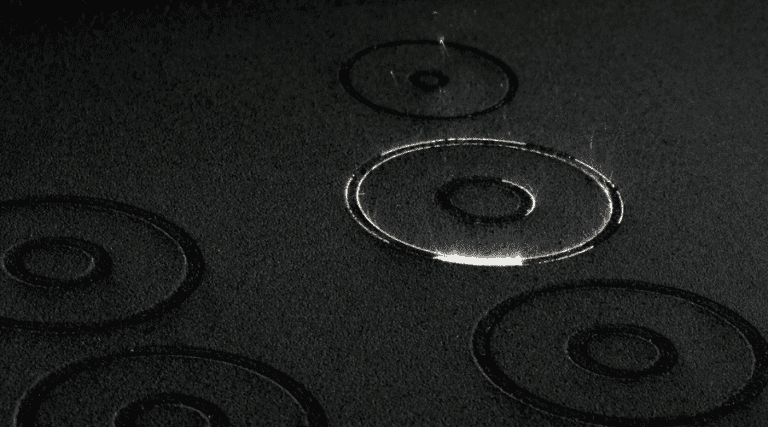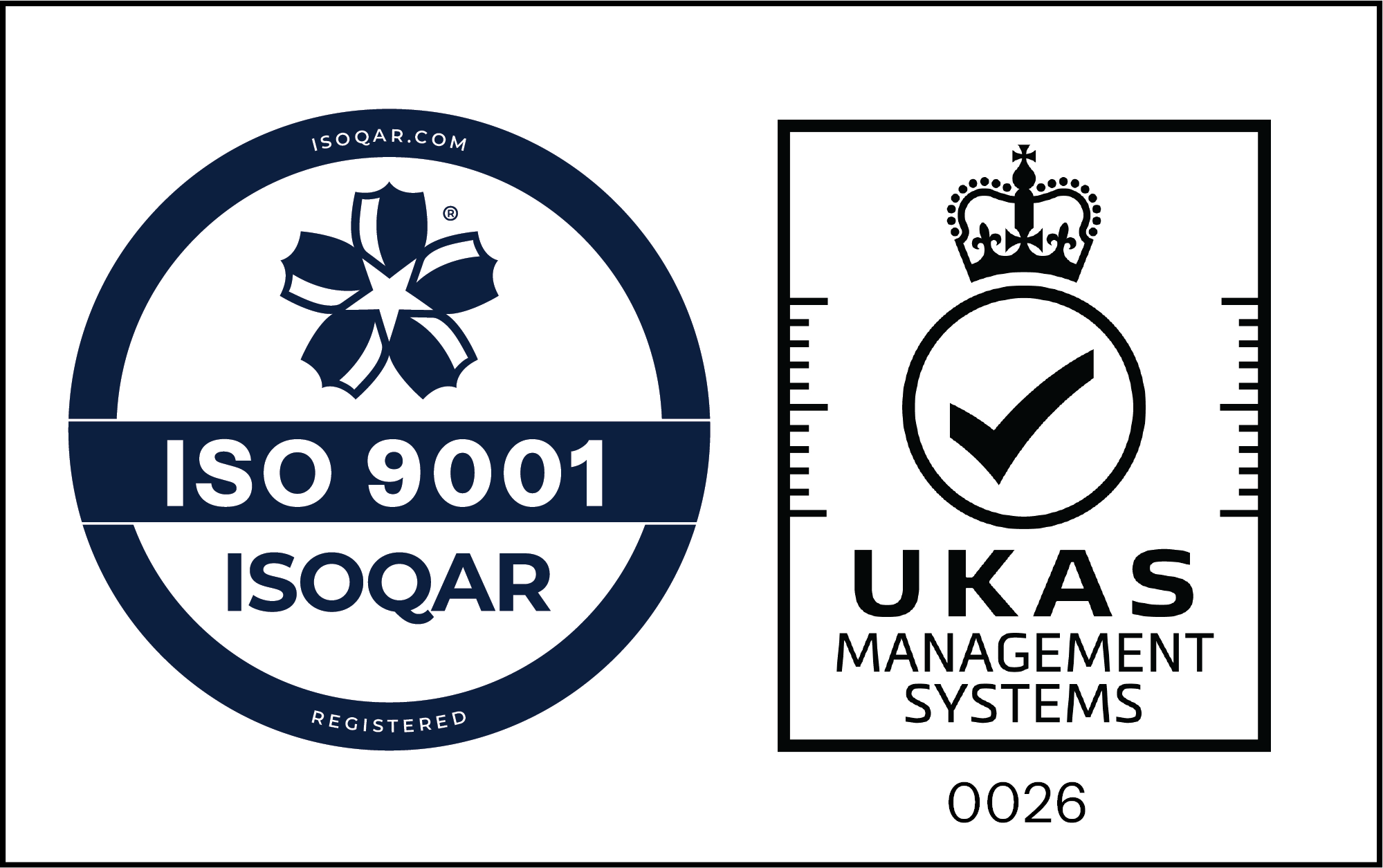The Fluid Power sector is quickly picking up and running with metal Additive Manufacturing, seeing its obvious potential benefits to size, weight and design freedom. However, is the industry missing the more important benefit of a holistic redesign revolution?
Metal Additive Manufacturing gives you unrivalled design freedom, not complete design freedom, but unrivalled nonetheless. With this new design paradigm, it allows the engineer to rid themselves of the constraints of subtractive machining and open their eyes to the brave new world of metal Additive Manufacturing. Should one start off tentatively and redesign a pipe that turns a 90-degree corner?
Whilst there is an obvious benefit to pressure drop in that pipe, the product will remain relatively unchanged. Is the small benefit worth the potentially large increase in cost? Or should one think big and go back to first principles to try and redesign a complex fluid power product that has remained largely unchanged for decades? Historically, when a new material/manufacturing paradigm comes along, there is a period of time when people apply the new paradigm to an old design.
We are going to change that now.

This is the “Iron Bridge” in Telford, England. Built in 1779, it was the first major bridge in the world to be made from cast iron. However, it didn’t take long for engineers to start designing and making bridges that are suited to cast iron, meaning that eventually a new “stable” bridge design was established.
Whilst no one can know where Additive Manufacturing will settle in the Fluid Power sector, it is wise to look back in order to see how we can move forward. To this end, Domin have set their strategy at looking forward to establishing the new “stable” designs in Fluid Power.
There have been many good examples of hydraulic valves that have had manifolds designed and made using metal Additive Manufacturing which improve weight, volume and pressure drop. There have been good examples of manifold designs which has allowed the designer to remove components, such as the ubiquitous Lee Plug. However, we have taken a step back from the re-design of an Additive Manufacturing manifold and asked ourselves the question, what does a Hydraulic Direct Drive Servo Valve look like if it is designed from first principles with the manufacturing technique of Additive Manufacturing at the forefront of the design? This wouldn’t just allow for a re-designed manifold, it would allow for a re-designed product. Domin have asked that question.
If we know the function of the hydraulic servo valve, what is the best way to achieve that function using Additive Manufacturing?

This does not give rise to an obvious answer, and there are many potential opportunities and compromises that need to be explored. However, through thousands of hours of design, analysis, test and re-evaluation we have settled on a direct drive valve that is revolutionary and answers that question.
Now, this valve doesn’t look like a fancy piece of Additive Manufacturing from the outside, it isn’t just a clever manifold making new connections, removing Lee Plugs or, aiming to reduce pressure drops. It is hydraulic servo valve designed from first principles for Additive Manufacturing. Beneath the outer skin it is a product that has used Additive Manufacturing to remove and combine components, use clever hydraulic connections to minimise mass and volume and, use the design freedom of Additive Manufacturing to find a new stable design of a direct drive servo valve. It is a product that, performs all the required customer functions better than the current state of the art and costs less to produce.

